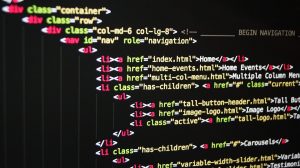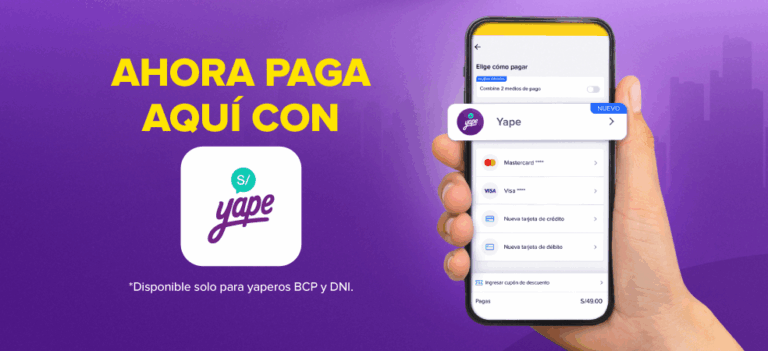
The Revolution of Virtual Education in Chile: What Lies Behind Educational Technology?
Introduction
Education has always been a vital component in shaping the future of societies. Over the years, the way we learn and teach has undergone numerous transformations. In recent times, the advent of technology has revolutionized the education sector, allowing for innovative methods of teaching and learning. Chile, in particular, has embraced this revolution and witnessed a significant shift towards virtual education. In this article, we will explore the journey and implications of the virtual education revolution in Chile, uncover what lies behind the use of educational technology, and address frequently asked questions.
The Hook
Imagine a classroom without walls, where learning is not confined to textbooks and lectures. Picture a future where education is accessible to all, regardless of geographical location or socio-economic background. This is the world that Chile is stepping into with the revolution of virtual education. But what are the driving forces behind this transformation? Let’s dive in and find out.
The Journey of Virtual Education in Chile
Chile, known for its commitment to education, has recognized the potential of technology in enhancing learning experiences. In recent years, it has made significant progress in integrating virtual education into its education system. One of the key milestones in this journey was the development of the Enlaces program in the 1990s, which aimed to connect schools to the internet and provide teachers with the necessary tools for incorporating technology into their classrooms.
As technology continued to evolve, Chile further amplified its efforts in virtual education. In 2010, the Ministry of Education launched the «Education and Technology Plan,» with the goal of ensuring all Chilean students had access to computers and the internet. This initiative not only aimed to bridge the digital divide but also fostered an environment where virtual education could thrive.
The revolution gained further momentum during the COVID-19 pandemic, which forced educational institutions to switch to remote learning. Chile, already equipped with a strong foundation in virtual education, seamlessly transitioned to online platforms, ensuring continuity in education for its students.
The Implications of Educational Technology
1. Accessibility: Technology has paved the way for equal opportunities in education. Virtual education enables students from remote areas or disadvantaged backgrounds to access high-quality educational resources. The elimination of geographical barriers opens up a world of educational possibilities for all Chilean students.
2. Personalization: Educational technology allows for personalized learning experiences. Online platforms offer adaptive learning, where students can progress at their own pace, catering to their individual needs and learning styles. This individualized approach fosters better comprehension and engagement among students.
3. Collaboration: Virtual education platforms encourage collaboration among students, transcending physical boundaries. Through online discussion forums and virtual group projects, students can connect and learn from peers across the country, fostering a sense of shared knowledge and community.
4. Innovation and Creativity: Technology stimulates innovation and creativity in the education sector. Interactive learning tools, simulations, and virtual reality experiences provide immersive and engaging learning environments, enabling students to explore subjects in new and exciting ways.
Frequently Asked Questions
Q: How accessible is virtual education in Chile?
A: Chile has made significant progress in ensuring virtual education’s accessibility. With initiatives like the Enlaces program and the Education and Technology Plan, access to technology and the internet has become more widespread. However, challenges remain in reaching remote and marginalized areas.
Q: Are virtual education platforms as effective as traditional classrooms?
A: Virtual education platforms have proven to be effective in many ways, offering flexible learning experiences, personalized instruction, and innovative teaching methods. However, they also come with their own set of challenges, such as the need for technological infrastructure and the potential for increased screen time.
Q: Can virtual education replace traditional classrooms entirely?
A: While virtual education offers numerous advantages, it cannot completely replace traditional classrooms. Face-to-face interactions, socialization, and hands-on experiences are integral components of education that cannot be replicated entirely in virtual settings. Virtual education should be seen as a complement to traditional methods rather than a substitute.
Q: How does virtual education impact teachers in Chile?
A: Virtual education presents both opportunities and challenges for teachers. On one hand, it empowers them with new tools and resources to enhance their teaching practices. On the other hand, it requires adaptability and the development of digital skills to effectively leverage educational technology.
Conclusion
The revolution of virtual education in Chile has transformed the way education is perceived and delivered. By embracing technology, Chile has made significant strides in making education more accessible, personalized, and collaborative. While virtual education cannot replace traditional classrooms entirely, it opens up a world of possibilities and complements traditional teaching methods. With continued investments and a focus on bridging the digital divide, Chile is leading the way in the realm of virtual education. As the country moves forward, it must ensure that no student is left behind and that the benefits of technology are harnessed to their fullest potential.



















